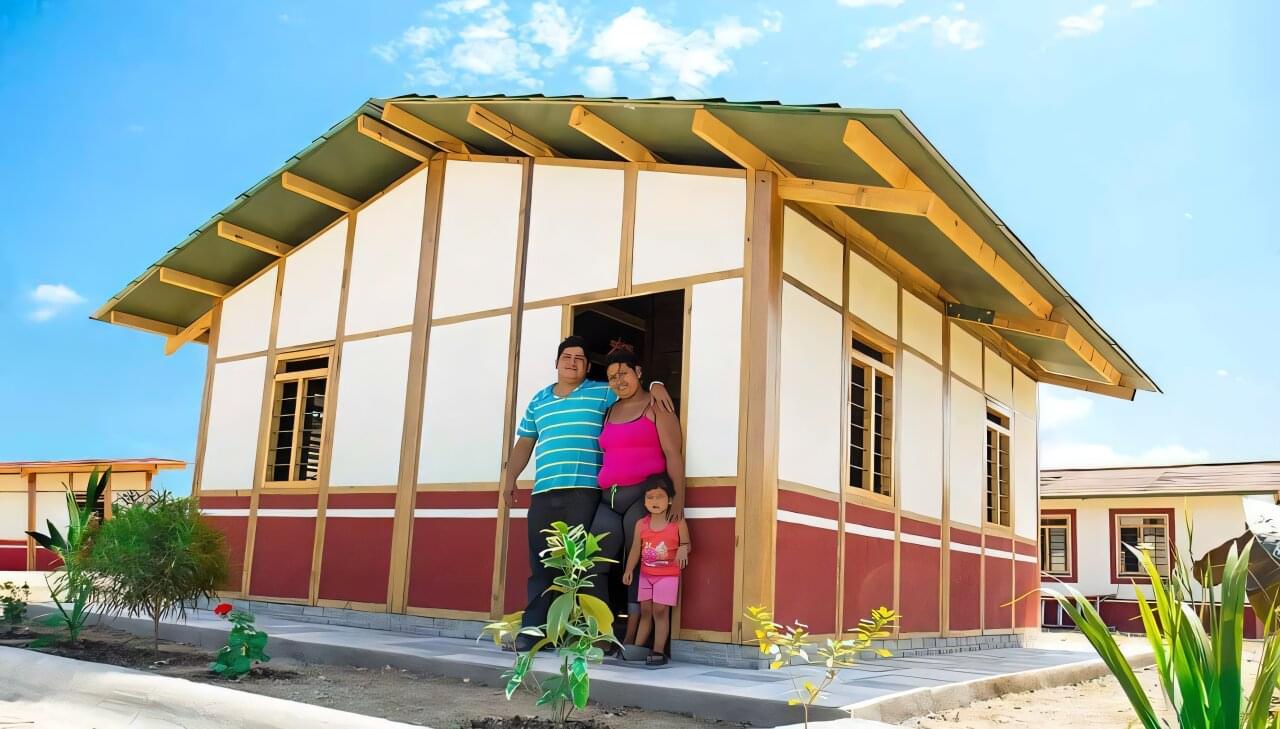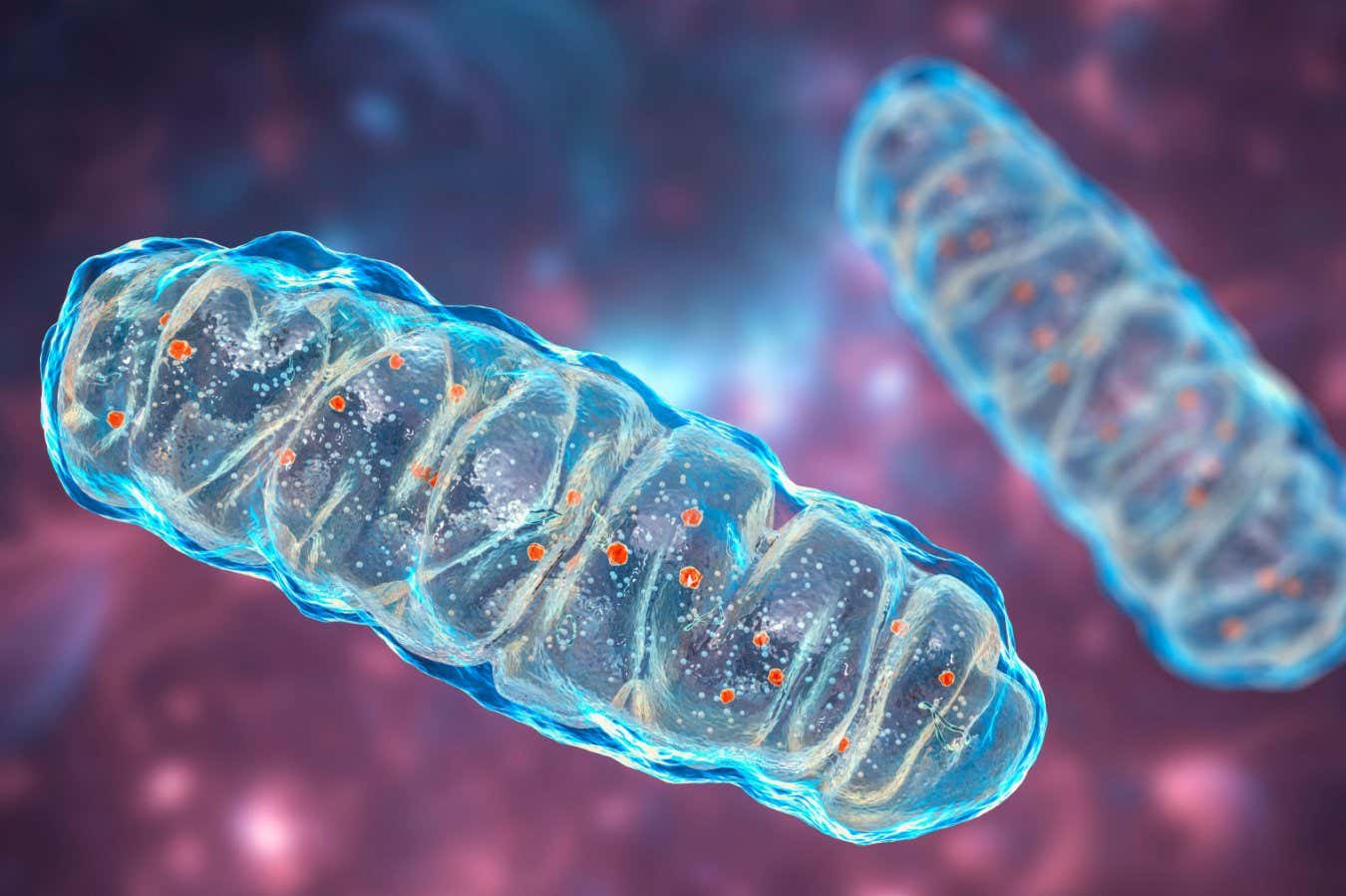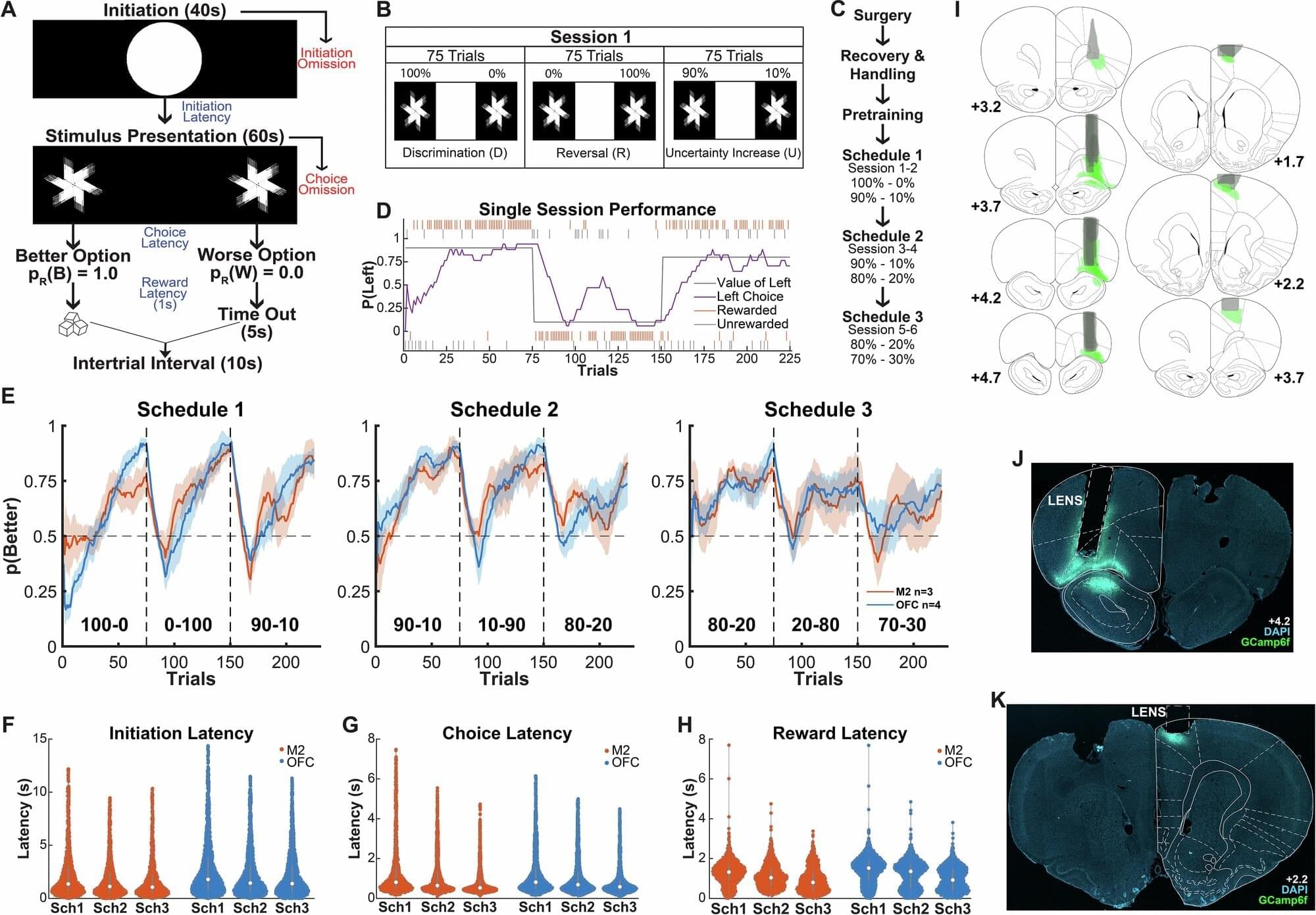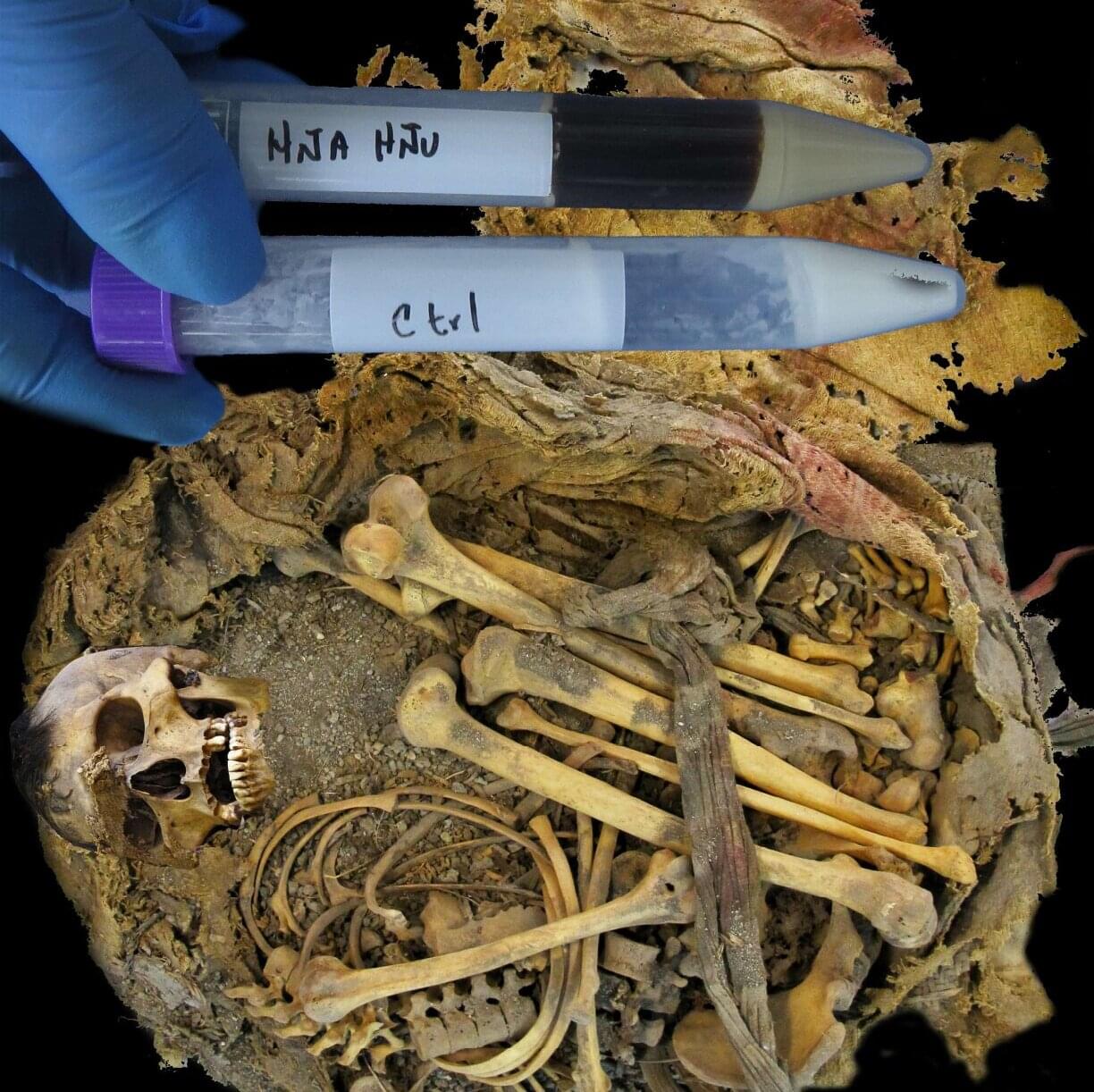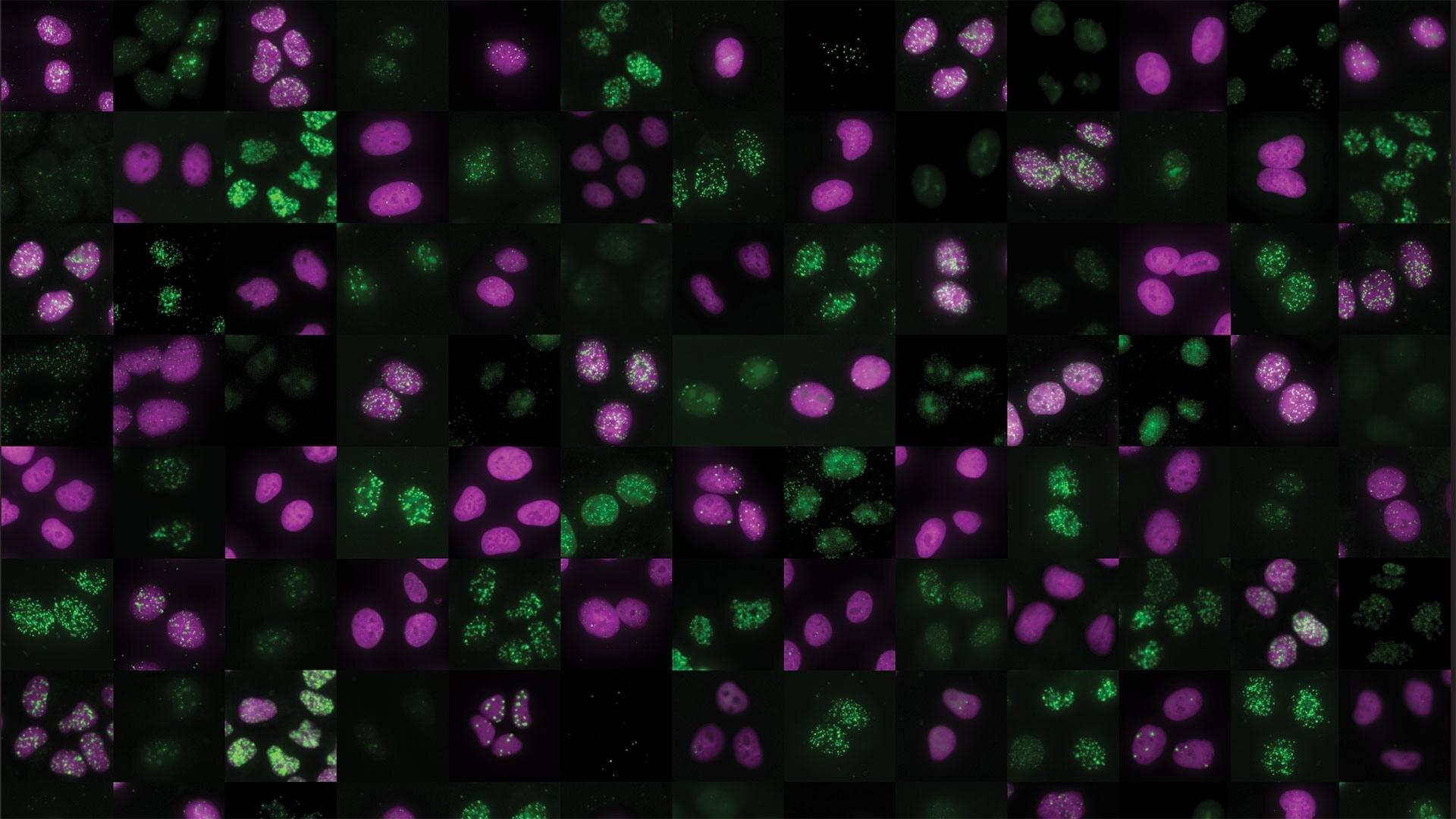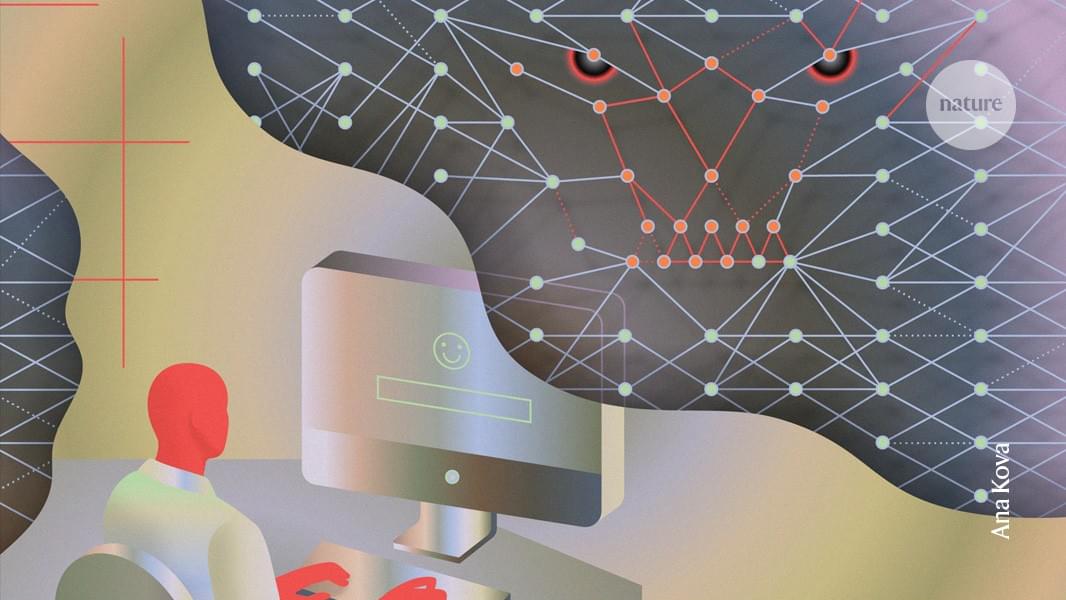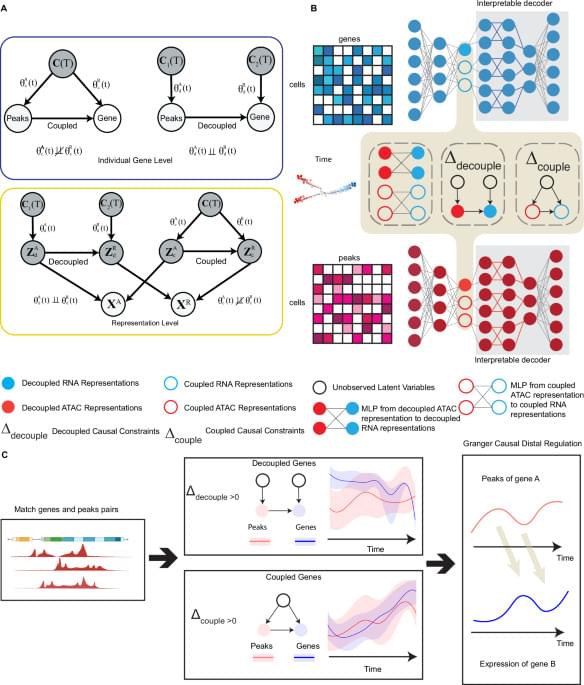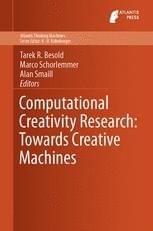Painting walls in light colors, insulating roofs, choosing medium-sized windows, and aligning buildings to the sun’s path may seem like simple choices. But they could provide powerful defenses against climate change for millions of people in the world’s most vulnerable regions.
That’s the message of a study, appearing in the journal Energy and Buildings, which identifies low-cost, climate-smart design strategies as crucial for future housing in Latin America’s rapidly warming cities.
Researchers used computer simulations to test how various climate-resilient building projects would perform under current and projected climate conditions in five major cities—Rio de Janeiro and São Paulo, in Brazil, Santiago (Chile), Bogotá (Colombia), and Lima (Peru).
